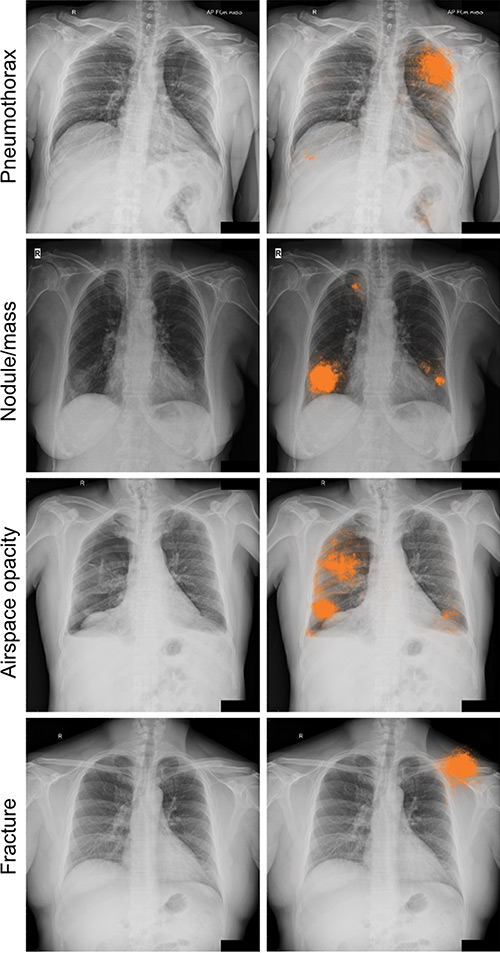Harmony Within: Nurturing Emotional Balance

Nurturing Emotional Balance for Well-being
Emotional balance is a vital component of overall well-being, influencing our mental health, relationships, and daily life. Cultivating emotional balance involves understanding, managing, and expressing emotions in a healthy manner. Let’s explore the importance of emotional equilibrium and practical strategies for achieving it.
The Significance of Emotional Balance
Achieving emotional balance is not about eliminating negative emotions but rather about navigating them effectively. Emotional equilibrium enables individuals to respond to life’s challenges with resilience, fostering mental and emotional well-being. It forms the foundation for healthier relationships, improved decision-making, and a more satisfying life.
Understanding Emotions
The first step towards emotional balance is understanding our emotions. Emotions are complex responses to situations and can range from joy and excitement to anger and sadness. By acknowledging and identifying our emotions, we gain insight into their underlying causes, paving the way for constructive emotional management.
Managing Stress and Anxiety
Stress and anxiety can disrupt emotional balance, affecting both mental and physical health. Managing these emotions is crucial for achieving equilibrium. Incorporating stress-reducing activities such as mindfulness, meditation, or deep breathing exercises can be effective in promoting emotional well-being.
Building Resilience
Cultivating emotional balance involves building resilience to navigate life’s ups and downs. Resilience allows individuals to bounce back from challenges and setbacks. Developing a positive mindset, fostering social connections, and embracing a growth-oriented perspective are key elements in building emotional resilience.
Effective Communication
Communication is a cornerstone of emotional balance, influencing how we express and understand emotions. Open and honest communication with oneself and others fosters a supportive environment. It’s essential to express feelings constructively and actively listen to others, creating a foundation for healthier relationships.
Seeking Support
Achieving emotional balance is a journey, and seeking support is a crucial aspect of that process. Whether through friends, family, or professional counselors, having a support system provides a space to share emotions, gain perspective, and receive guidance. Seeking support is a proactive step towards maintaining emotional well-being.
The Role of Self-Care
Self-care is integral to emotional balance. Taking time for activities that bring joy and relaxation is essential for mental and emotional health. Whether it’s reading a book, enjoying nature, or engaging in creative pursuits, self-care nurtures emotional well-being and helps prevent burnout.
Mind-Body Connection
The mind and body are intricately connected, and physical well-being contributes significantly to emotional balance. Regular exercise, a balanced diet, and sufficient sleep positively impact mood and stress levels. Incorporating these habits into daily life supports overall emotional health.
Balancing Work and Life
The demands of modern life can sometimes tip the scales, affecting emotional balance. Striking a healthy balance between work and personal life is essential. Setting boundaries, prioritizing self-care, and managing time effectively contribute to a more harmonious and emotionally balanced life.
Embracing Growth and Change
Emotional balance involves embracing growth and adapting to change. Life is dynamic, and developing the ability to navigate transitions with a positive mindset fosters resilience. Embracing change as an opportunity for personal and emotional growth contributes




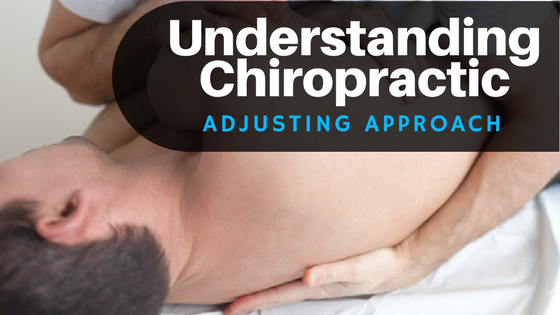
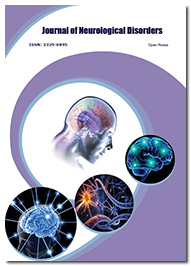
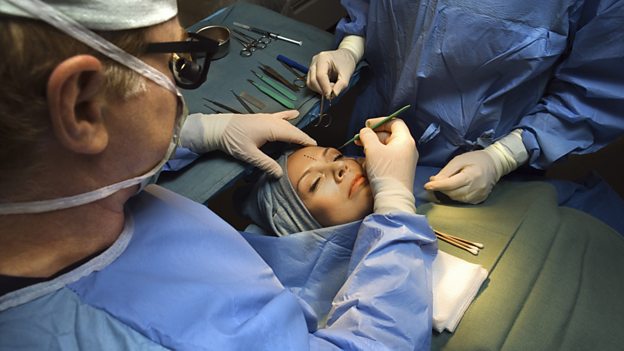
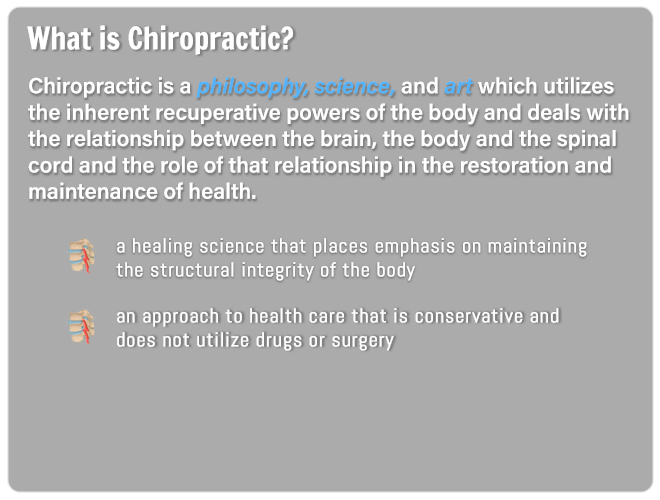
-1671631568.jpg)
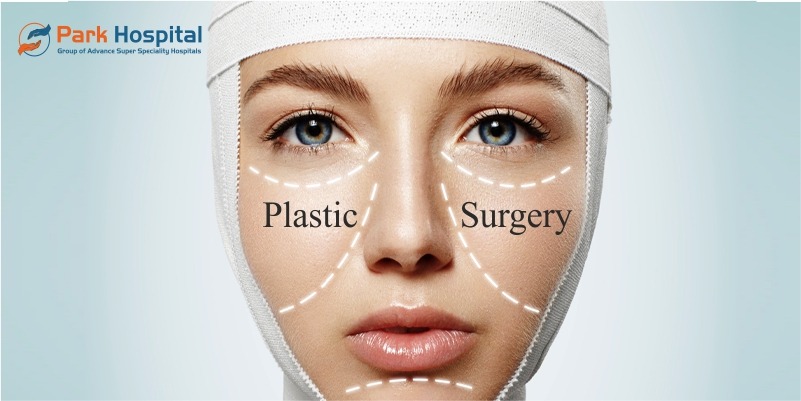



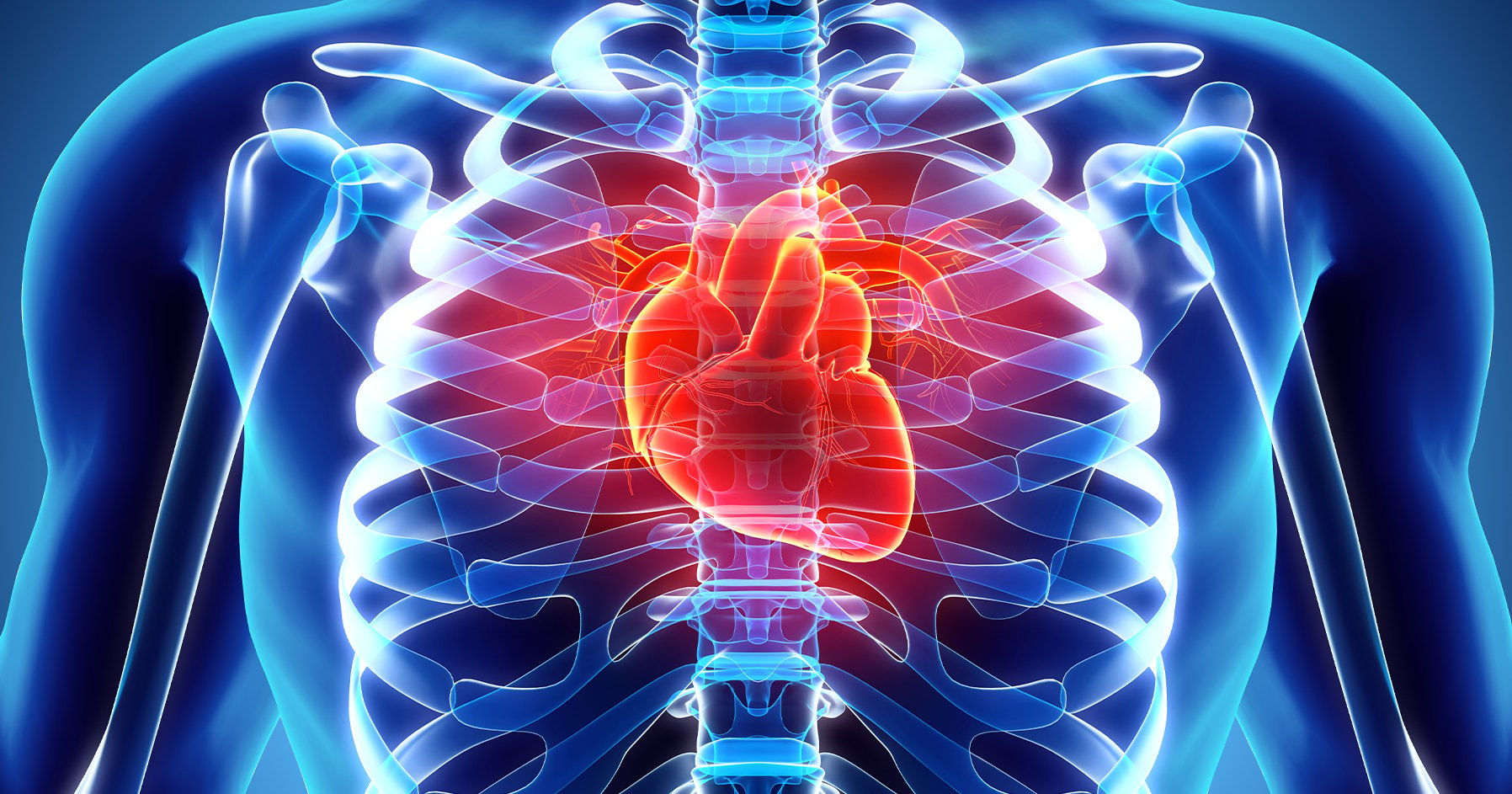



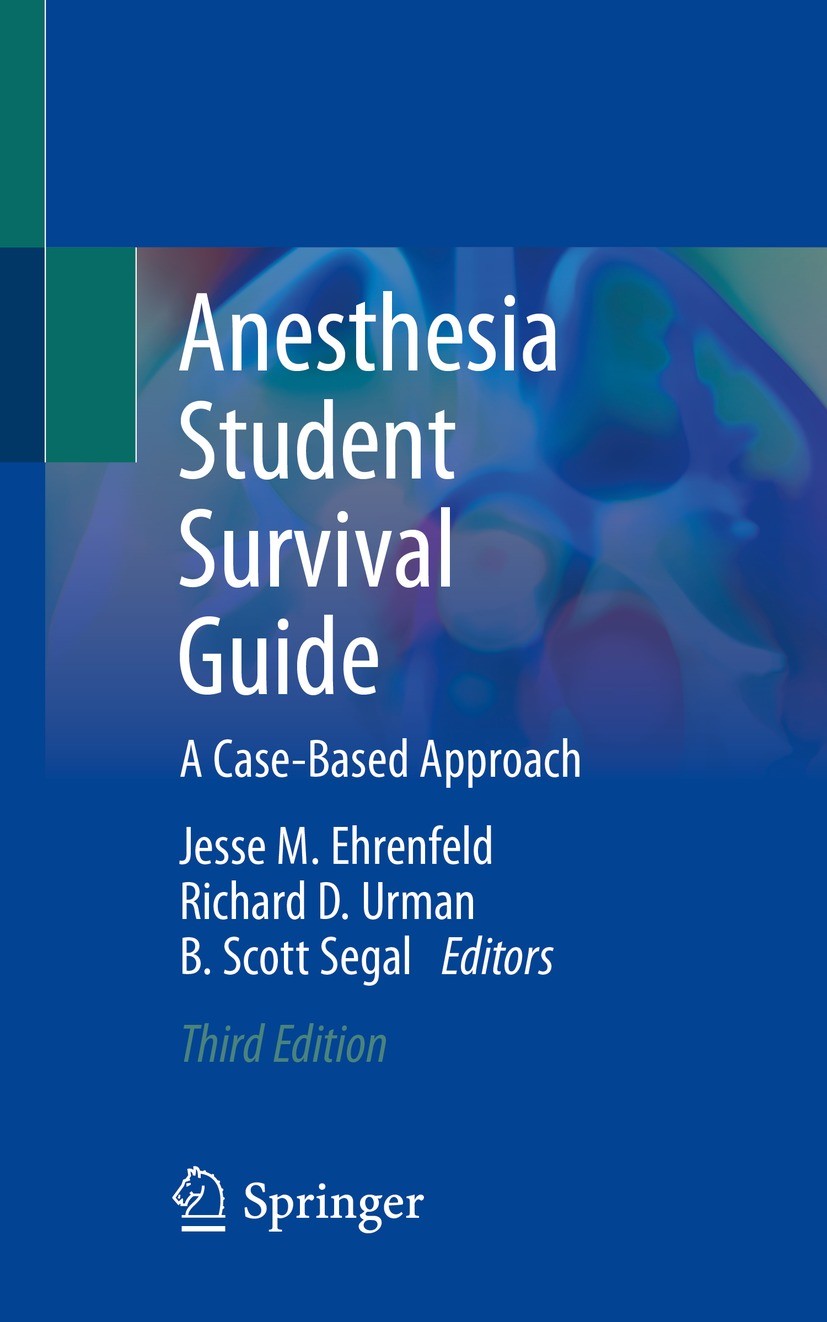
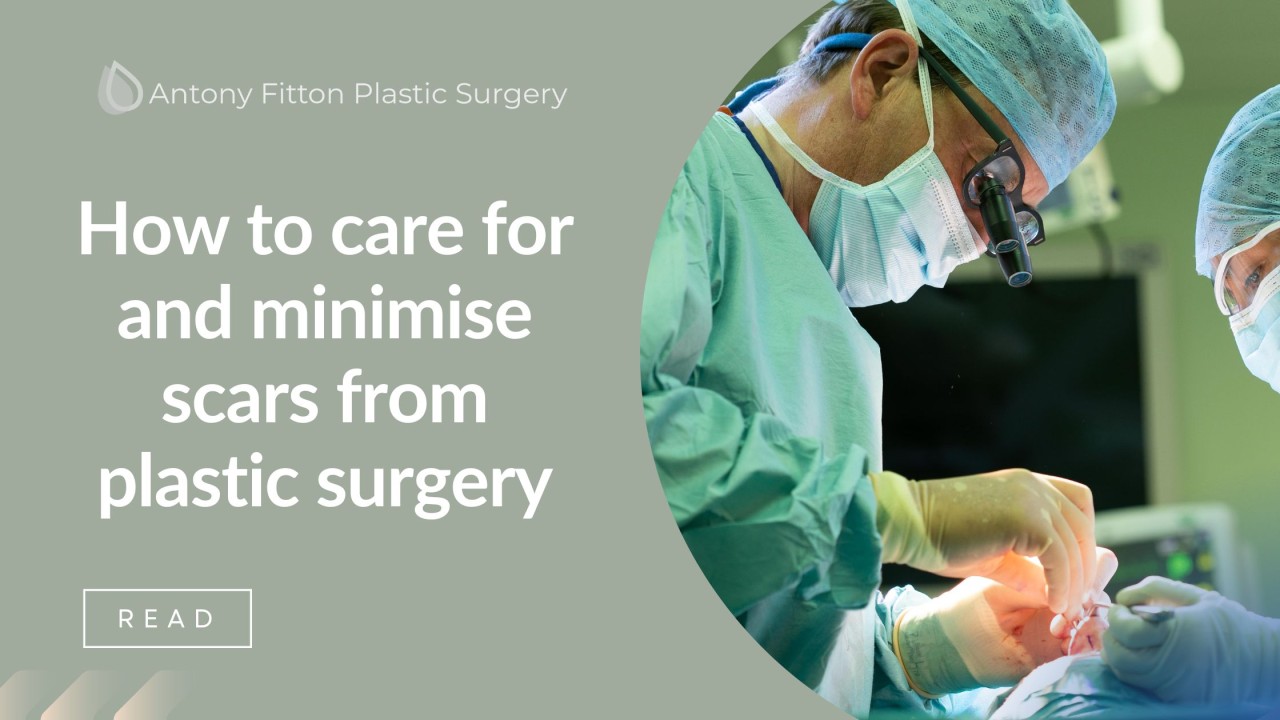




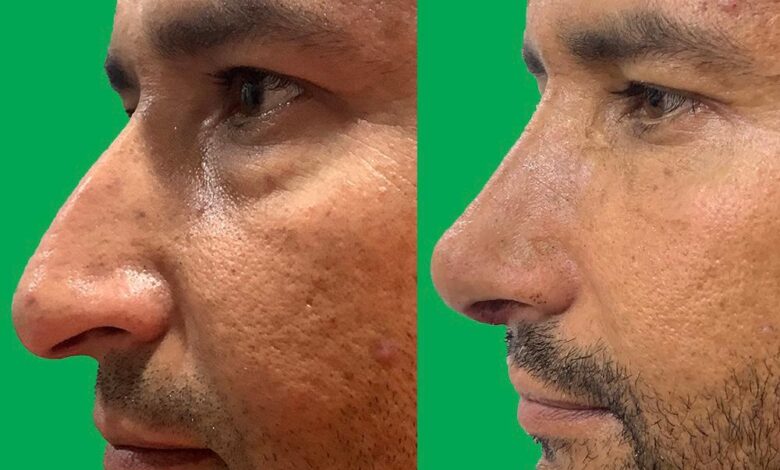
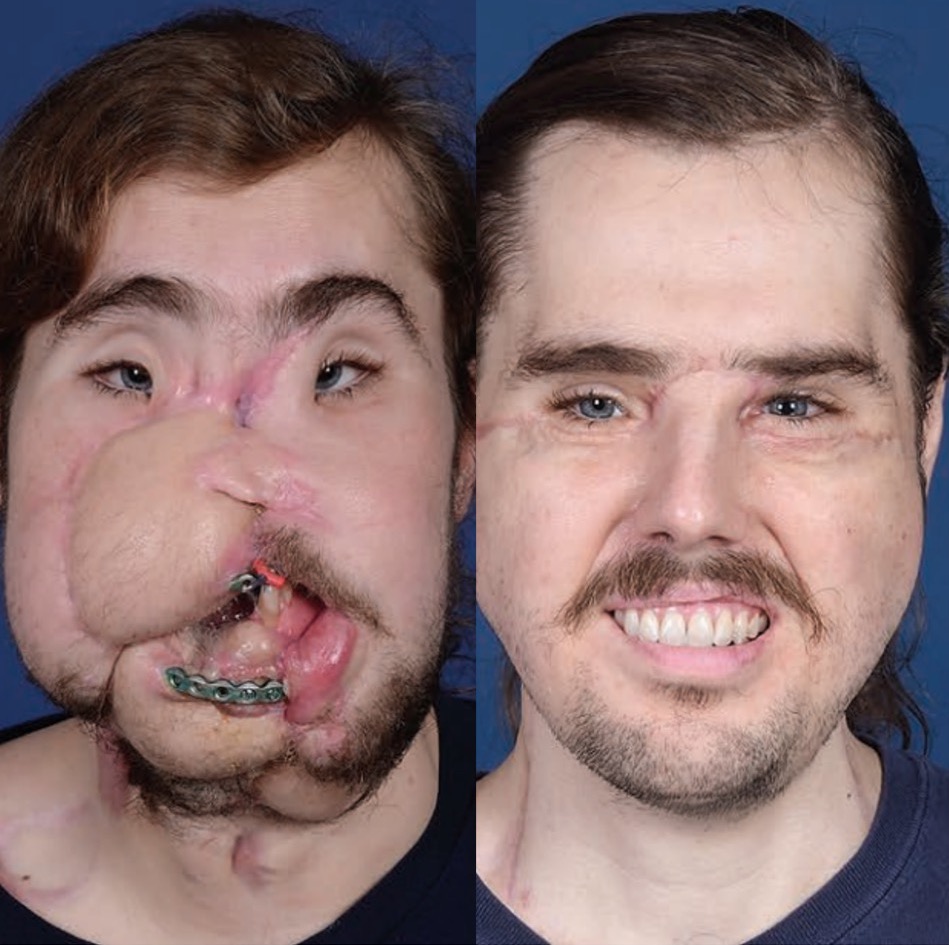
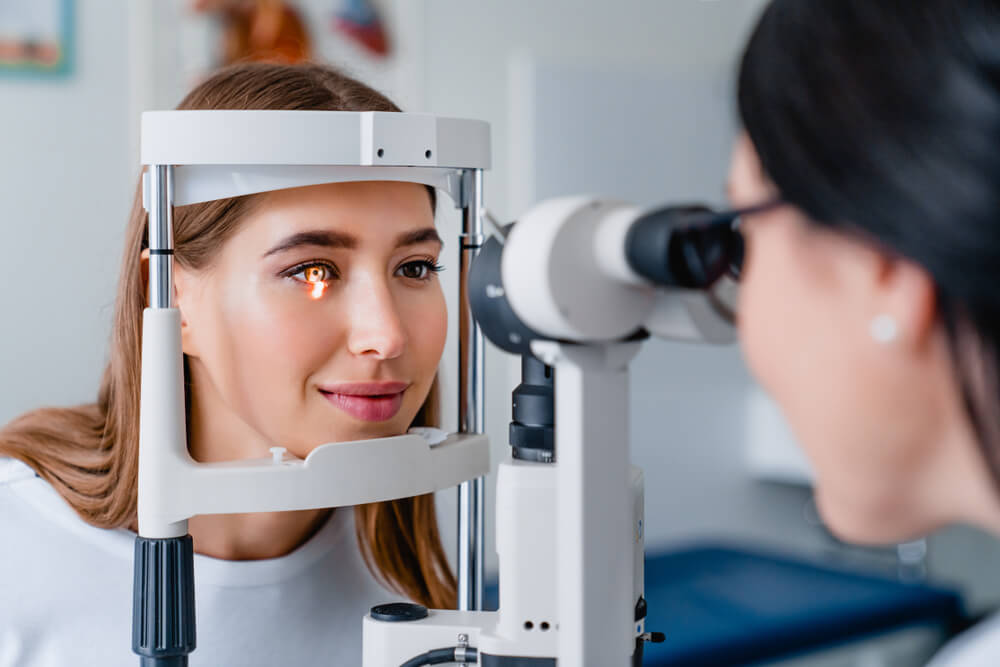


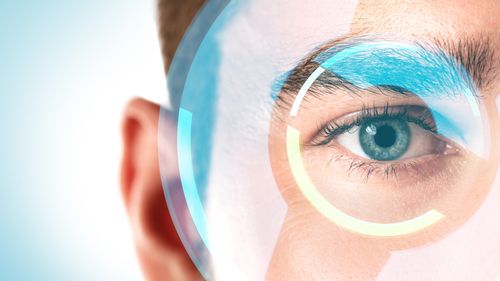







 It is said only the people who share the migraine pain could understand its severeness.
It is said only the people who share the migraine pain could understand its severeness.





